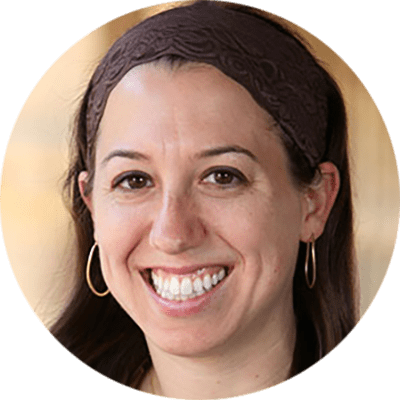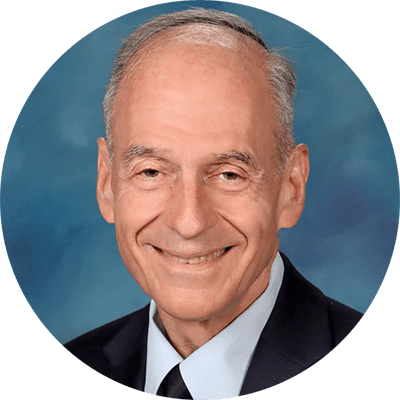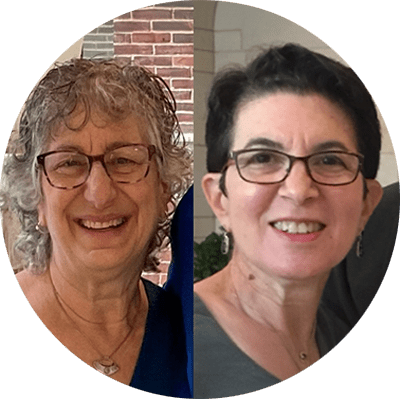It is one of the oldest literary collections ever written and still very much in circulation. Public readings (and celebrations) of its text are practiced in nearly every synagogue in the world in a regular, fixed cycle. It has been analyzed and studied by religious luminaries, academic scholars, and lay people, and has been studied and taught more times than we can count, with hundreds if not thousands of published commentaries. It plays a central role in all of our lives.
One would think that by now we would have a pretty clear idea of what content from Tanakh should be taught and how it should be approached pedagogically at various age levels. And yet, a mountain of anecdotal evidence reveals that there is a huge range in what is taught, why it is taught, and how it is taught. Over the last three decades I have run countless Tanakh trainings and bootcamps and coached Tanakh teachers across grade levels and in Jewish schools around the world. While the focus is always a bit different, the goal is always to help each of these teachers develop a curriculum, or lesson, or approach appropriate for their respective schools. While there is some overlap, the materials produced with each teacher we work with are so dramatically different from each other, so uniquely targeted to that group of students in that particular community. Scholars have demonstrated that every era has produced its own commentary. It is likely that every generation has produced its own pedagogy and goals as well.
And so, the core questions about Tanakh education still confront us. How do we engage our students so that they will want to continue to study Tanakh? How do we equip our students with the tools for becoming independent Tanakh learners? How do we foster an identification with the messages of Tanakh so that our students will turn to it as a source of wisdom, insight, and inspiration? It is these questions which sit at the core of this issue of the journal.
BIVRAKHA,
RABBI ZVI GRUMET, ED.D.


















